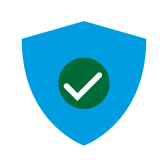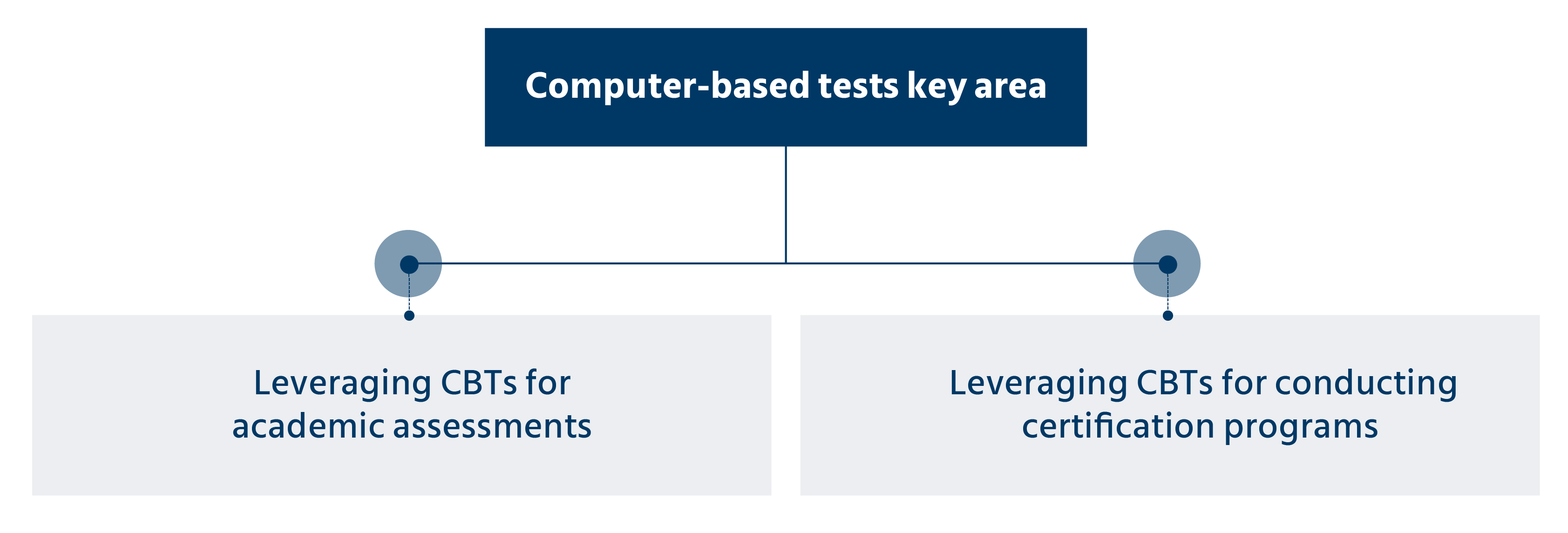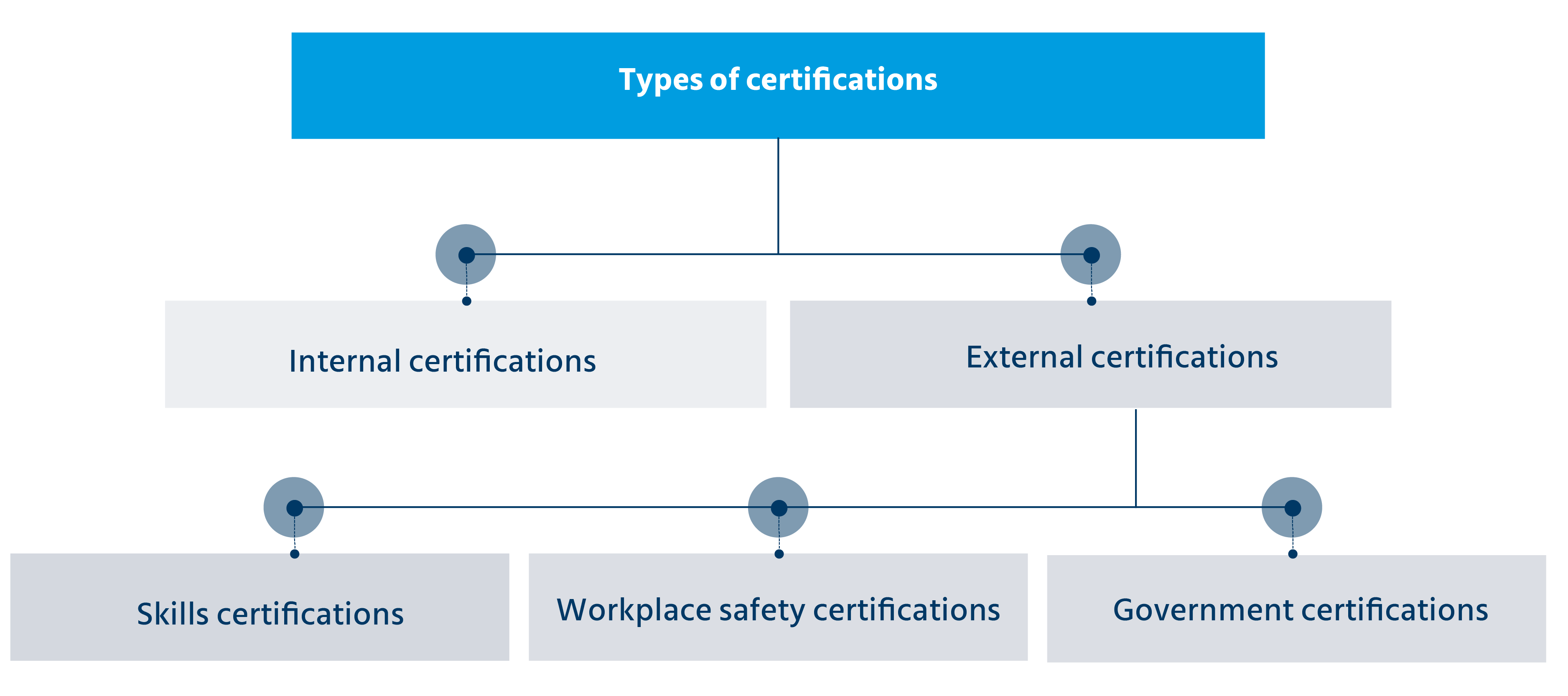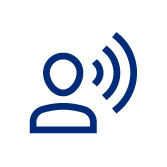Leveraging CBTs for academic assessments
Computer-based exams have gained steady ground in the education sector, with the last two decades witnessing the most profound shift in how assessments are given and taken. Computer testing offers numerous benefits compared to pen-and-paper tests. Some of its advantages are:

Computer-based assessments are becoming a crucial part of the education system. Earlier, the arduous and time-consuming process of preparing tests was overwhelming for teachers because they needed to ensure fairness and consistency in every exam for each class. Besides, even if the teacher did a reasonable job of preparing a satisfactory exam, keeping students from indulging in cheating practices was challenging, which was detrimental to the integrity of exams. However, computer-based exams have weeded out all these hassles associated with the traditional processes, streamlining examination processes.
The computer-based testing methodology catalyzes the exam processes and tackle the challenges concerning the facilitation of examination, result report generation, and end-to-end process management. In administering tests, CBT negates the possibility of human errors evident during conducting, marking, and scoring an exam. Furthermore, the integration of remote proctoring technologies curbs cheating instances.
Two significant ways in which computer-based tests can be used as a learning assessment tool are:
Integration within the e-learning modules: Computer-based assessments can be embedded within the e-learning modules to consolidate all the components of learning activities in one place. For example, a MOOC (Massive open online course) student might watch a video that includes comprehension questions embedded within it. Or, a learner may complete the e-learning module that ends with a final exam.
Standalone CBTs: This type of test is commonly used in all kinds of learning environments, including in-person courses. An administrator can easily create tests and quizzes using a web-based platform to measure student learning outcomes. Computer-based exams have various applications, from online quizzes to final exams. They help instructors assess the effectiveness of their teaching and also boost student engagement in the classroom.









 Behavioral Competencies
Behavioral Competencies Cognitive Competencies
Cognitive Competencies Coding Competencies
Coding Competencies Domain Competencies
Domain Competencies












































Would you like to comment?